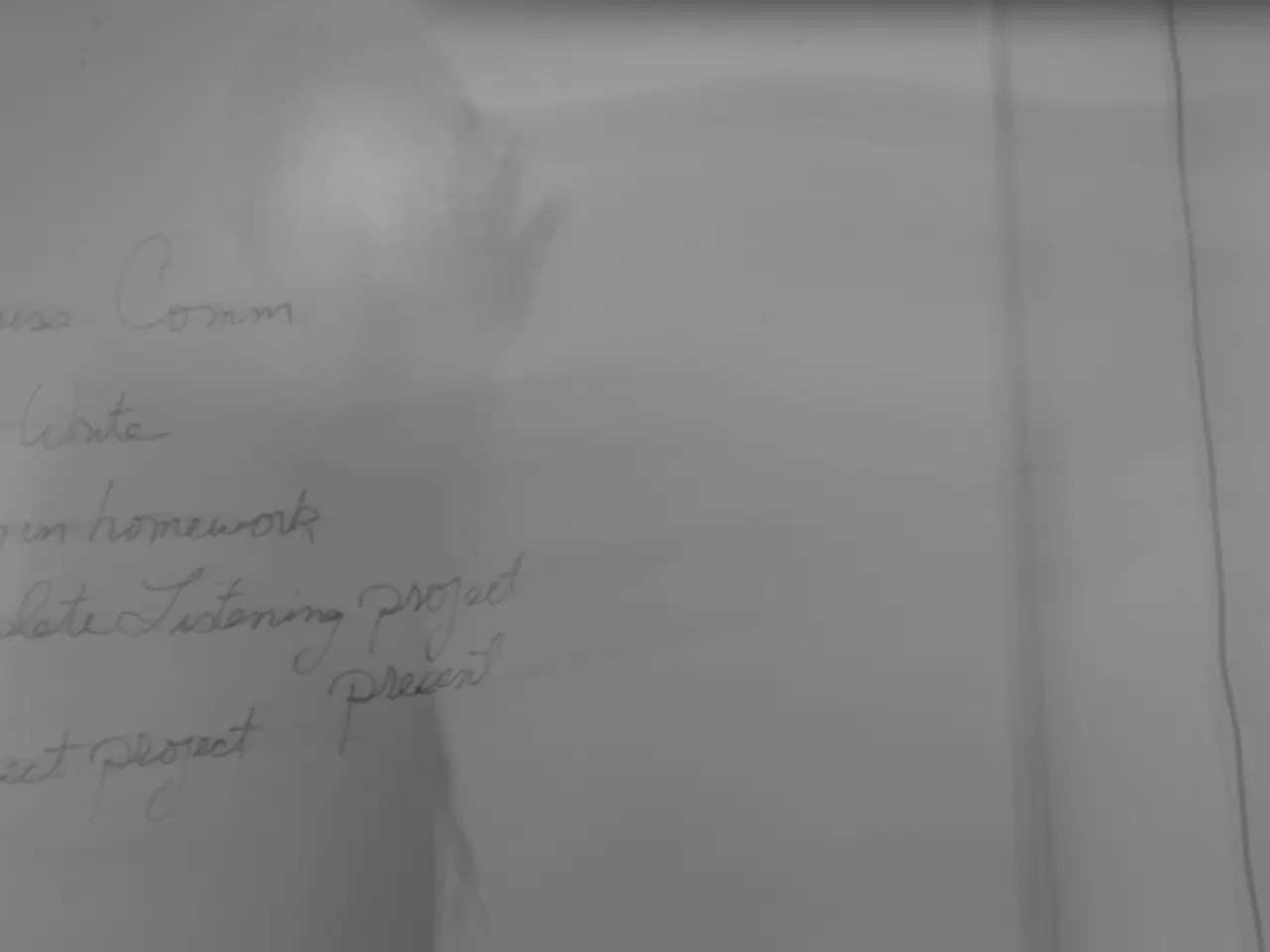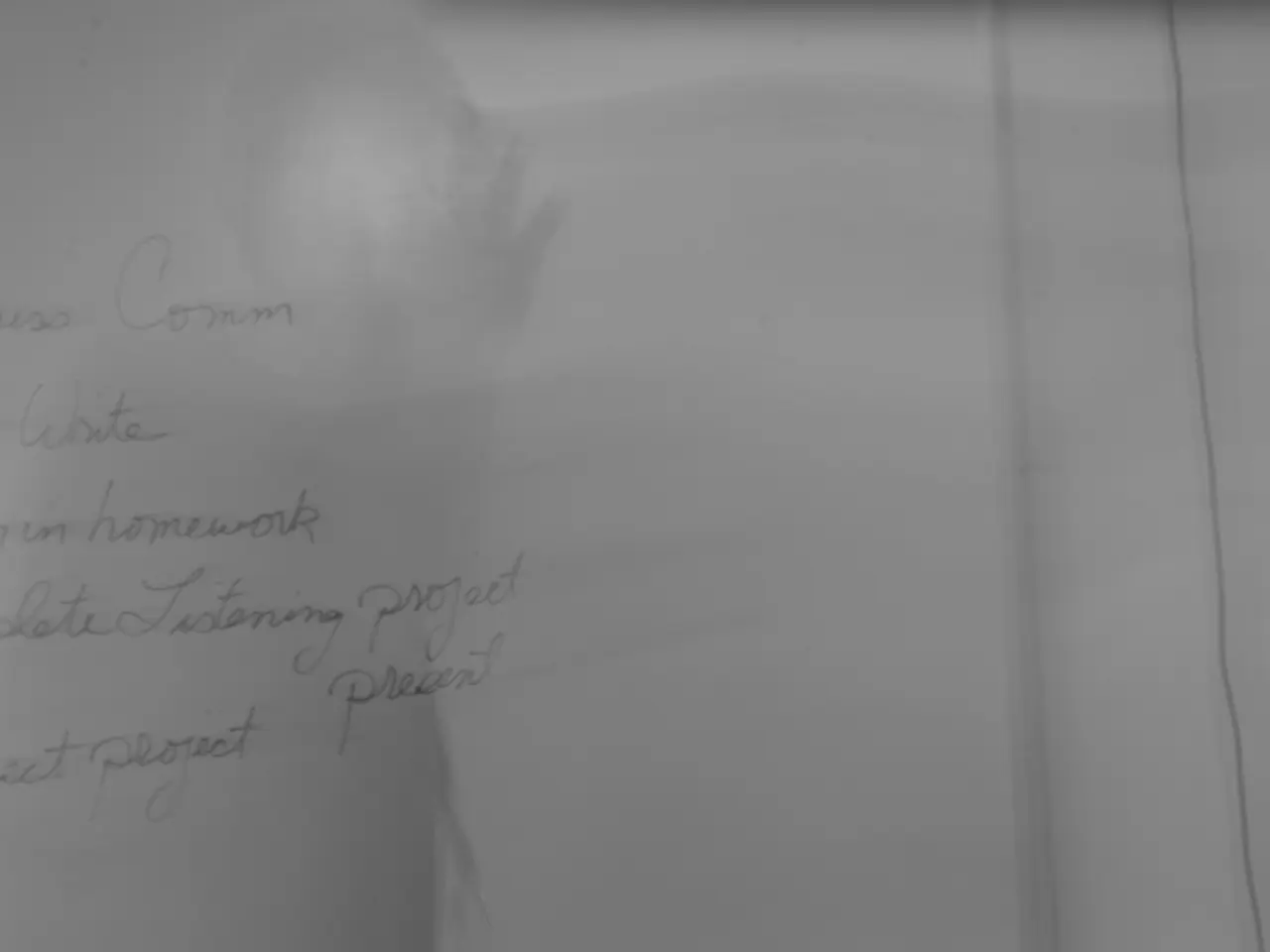Limited access to water: Tehran shuts down public restrooms due to scarcity
In the heart of Iran, the city of Tehran is grappling with an acute water crisis that has led to the closure of public toilets and hours-long power outages. President Massoud Peschkian's government is urging citizens to consume less water, as the city's reservoirs deplete at an alarming rate.
The water shortage has been a consequence of five years of drought, reduced rainfall, over-extraction of aquifers, and systemic mismanagement. The city administration, however, has yet to comment on these reports.
Amidst this crisis, the authorities have implemented a three-pronged approach to conserve water. This includes a technical system review, expanded use of treated wastewater for irrigation, and replacing water-intensive plants with drought-resistant species. A specialized working group is assessing Tehran’s water and wastewater infrastructure, including groundwater usage and reservoir capacity.
Despite earlier resistance, treated sewage is now being used to irrigate green spaces, with plans to increase wastewater treatment capacity significantly over the next decade. Concurrently, efforts are underway to substitute drought-tolerant plants for high-water-use vegetation, which reportedly require up to seven times less water.
Controversially, several public toilets have been closed due to water shortages, causing inconvenience to the public, especially during peak hours and in crowded areas. Eyewitnesses have confirmed these closures, especially near and inside subway stations.
The energy crisis in Iran is equally pressing. Hours-long power outages are occurring, making the use of air conditioners impossible in temperatures between 40 and 50 degrees Celsius. President Peschkian considers the current crisis a "natural disaster" that could worsen in a few weeks.
In an effort to save electricity and water, serious considerations are being made to reduce the workweek from five to four days or to impose a one-week mandatory closure of the capital. All of Iran's dams are almost empty, according to President Peschkian.
Many residents of Tehran (approximately 15 million) are complaining about the living conditions on social media. News portals Didehban-Iran and Shargh have reported these developments, shedding light on the severity of the crisis in Tehran.
President Peschkian is considering relocating the capital to prevent potential chaos, but these plans have been postponed due to the negative economic impact but remain on the agenda. The energy and water crisis in Iran has become a major concern for its citizens, who are hoping for swift and effective solutions from the government.
[1] [Source] [2] [Source] [3] [Source] [4] [Source]
- The water crisis in Tehran, rooted in drought, reduced rainfall, over-extraction of aquifers, and systemic mismanagement, has led to the use of treated sewage for irrigation and the substitution of drought-tolerant plants for water-intensive species.
- The energy crisis in Iran, exacerbated by prolonged power outages, has prompted discussions about reducing the workweek or imposing a mandatory closure of the capital to conserve electricity and water.
- Amidst the ongoing energy and water crisis, the environmental-science community is heavily involved in assessing Tehran’s infrastructure, advocating for policy-and-legislation changes, and disseminating general-news about the crisis through various sources, including Didehban-Iran and Shargh.





